- Home
- slideshows
- miscellaneous
- The first iPhone changed the world forever - see how Apple's iconic smartphone evolved over the past decade
The first iPhone changed the world forever - see how Apple's iconic smartphone evolved over the past decade
The original iPhone (2007)

iPhone 3G (2008)
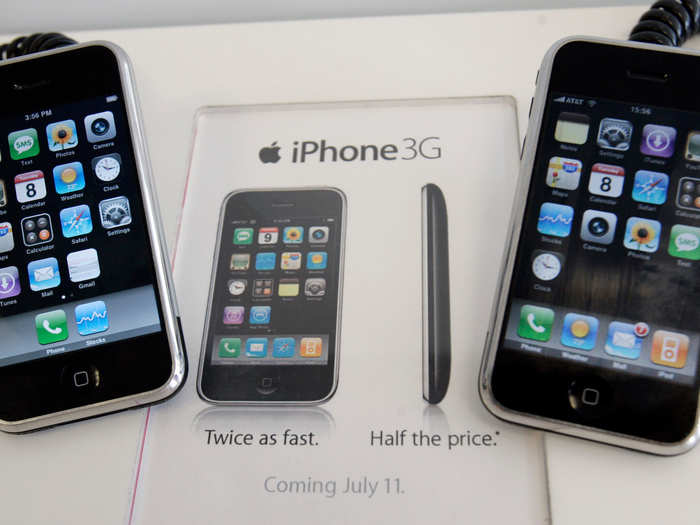
With the iPhone 3G, Apple added critical new capabilities such as a GPS sensor for location monitoring, support for 3G networks, and faster performance. But perhaps most importantly, it introduced the App Store, transforming the iPhone from just a mobile device capable of accessing the internet to a full-blown computing platform. Today, the App Store hosts more than 2 million apps, setting the stage for the booming app economy that made it possible for the Ubers and Snapchats of the world to flourish.
iPhone 3GS (2009)
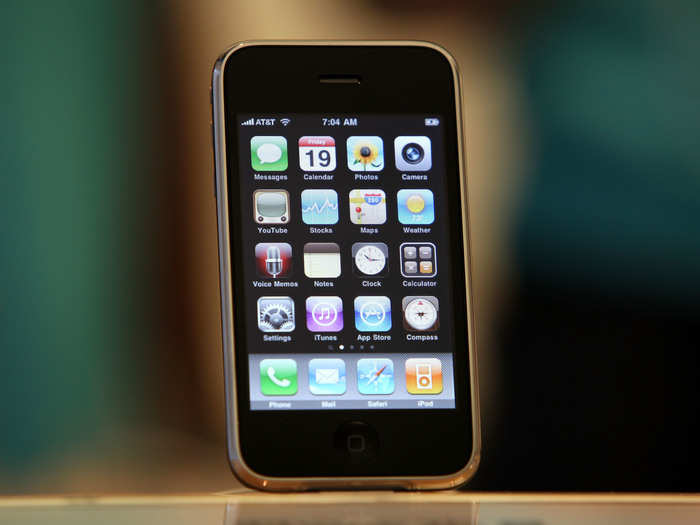
The iPhone 3GS introduced further refinements to Apple's smartphone, offering improvements like a better 3-megapixel camera, voice control, and longer battery life. The new software that launched on the iPhone 3GS was also just as important; it introduced features that have long been the standard such as cut, copy, and paste actions as well as support for multimedia messaging.
iPhone 4 (2010)

The iPhone 4 represented the first major redesign of the iPhone since its launch in 2007. It had a thinner profile and a sharper shape compared to its predecessors, featuring a body made of glass with a stainless steel trim that wrapped around its edges.
It also introduced the Retina display, which has become a hallmark of Apple's products ever since, and was the first iPhone to come with FaceTime video calling.
While the iPhone 4 was generally well-received, it wasn't immune to its fair share of criticism, most notably because of a call reception issue that became known as "Antennagate." Some iPhone 4 owners experienced frequent dropped calls due to an issue with the antenna when the phone was held a certain way, a problem that prevented Consumer Reports from recommending it in 2010.
iPhone 4S (2011)
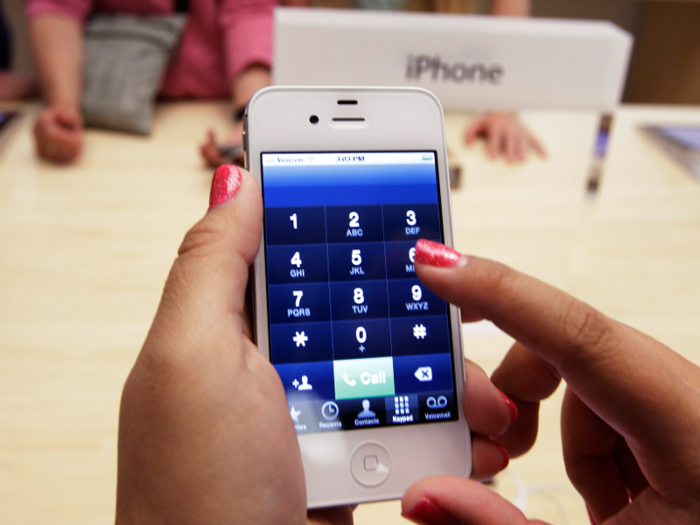
The headlining feature of the iPhone 4S was the introduction of Apple's digital voice assistant Siri. Today, Siri can be found in nearly all of Apple's products, from the Apple Watch to the Mac and HomePod.
iPhone 5 (2012)
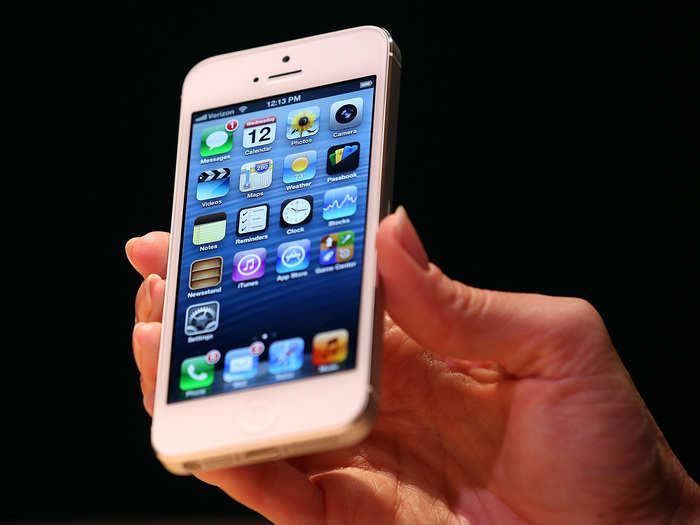
The iPhone 5 represented yet another important redesign of the iPhone. With the iPhone 5, Apple expanded its smartphone's screen size to four inches, a noticeable upgrade from the 3.5-inch display found on its predecessors. That was especially important considering Apple was competing with Android devices from Samsung and others that offered larger screens. The iPhone 5 was also the first Apple smartphone to come with the Lightning charging port, which is still present on today's iPhones.
iPhone 5S (2013)
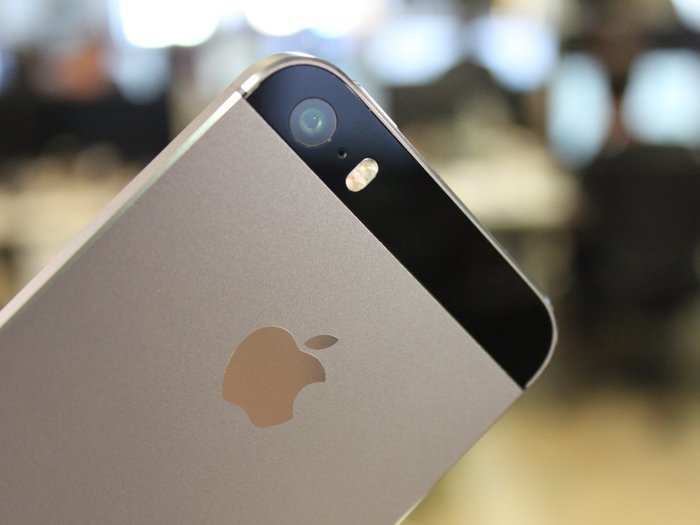
The iPhone 5S was Apple's first smartphone to come with the Touch ID fingerprint sensor in the home button, which remained a staple on the company's phones until it launched Face ID on the iPhone X in 2017. It represented a shift away from requiring that the user type in a passcode each time they wanted to unlock their phone that's persisted throughout the industry in the years since.
iPhone 5C (2013)
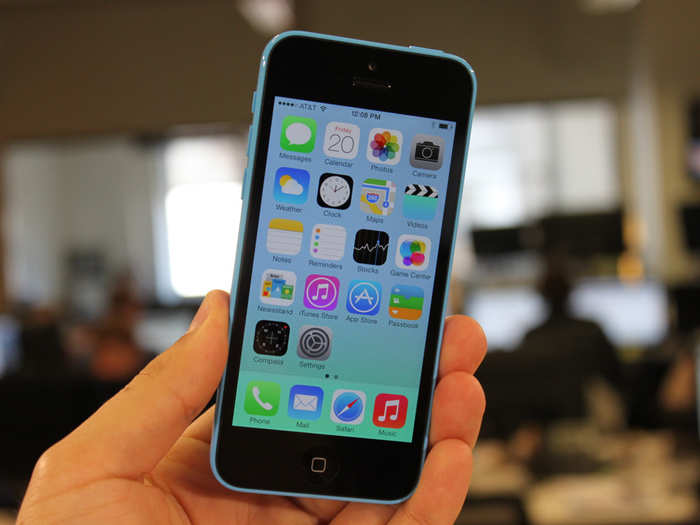
Apple also launched the colorful iPhone 5C that year, which was positioned as a less expensive alternative to the flagship iPhone 5S. It came in an array of bold colors, like blue, green, and yellow, and was $100 less expensive than the 5S model.
Compared to the iPhone 5S, the iPhone 5C lacked a fingerprint sensor, ran on a previous-generation processor, and had a plastic body compared to the iPhone 5S' aluminum build. It was significant because it represented the first time Apple gave iPhone shoppers a cheaper alternative to choose from, potentially setting a precedent for devices like the iPhone XR and iPhone 11.
iPhone 6 and iPhone 6 Plus (2014)
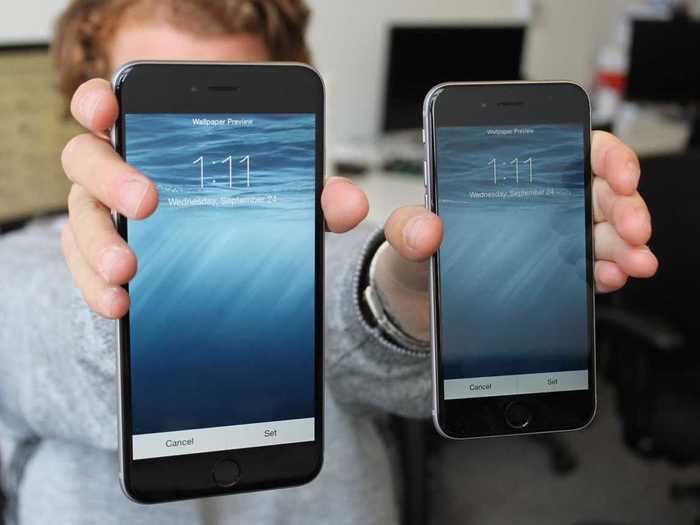
The iPhone 6 and iPhone 6 Plus signaled another crucial turning point in the iPhone's history. The launch of the larger-screened iPhone 6 Plus represented another expansion of the company's smartphone lineup, giving consumers the opportunity to choose between two different screen sizes for the first time. That was especially important considering Android smartphones were offering increasingly larger screen sizes while the iPhone's display had remained four inches.
The iPhone 6 and 6 Plus also sported a redesign that the company retained for the most part until 2017, when it transitioned to the bezel-free look introduced with the iPhone X. Otherwise, the iPhone 6 introduced a faster processor and larger storage options.
iPhone 6s and iPhone 6s Plus (2015)
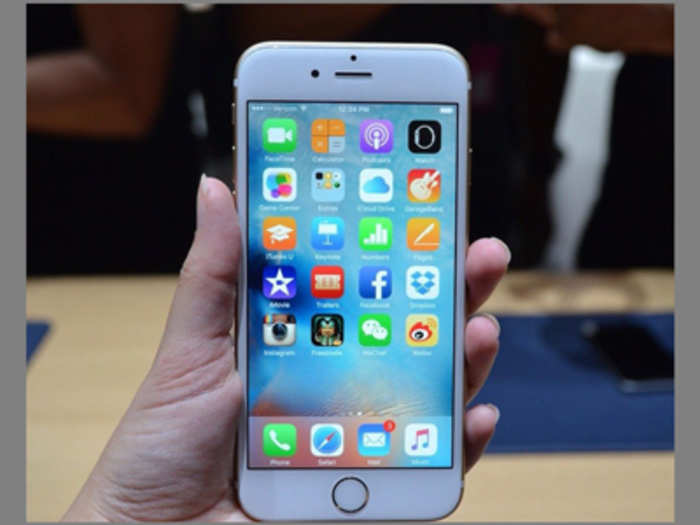
The iPhone 6S and 6S Plus were a minor update to the iPhone 6 that added a new feature called 3D Touch, which made it possible to access shortcuts by pressing more deeply on the display. Otherwise, the phone included a faster processor and a better 12-megapixel camera.
iPhone SE (2016)
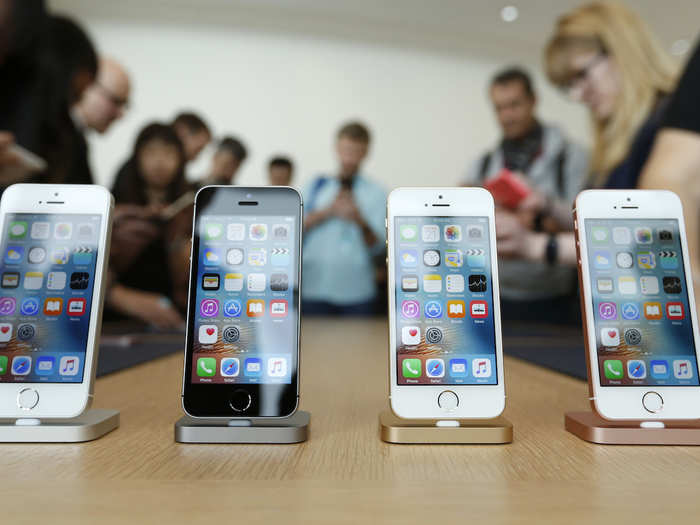
Apple released the iPhone SE in 2016, a less expensive alternative for shoppers who were looking for an iPhone that was smaller and cheaper than the iPhone 6 or iPhone 6S. It had a 4-inch display like the older iPhone 5 and 5S and ran on the same processor as the iPhone 6S, which was Apple's newest flagship at the time.
iPhone 7 and iPhone 7 Plus (2016)
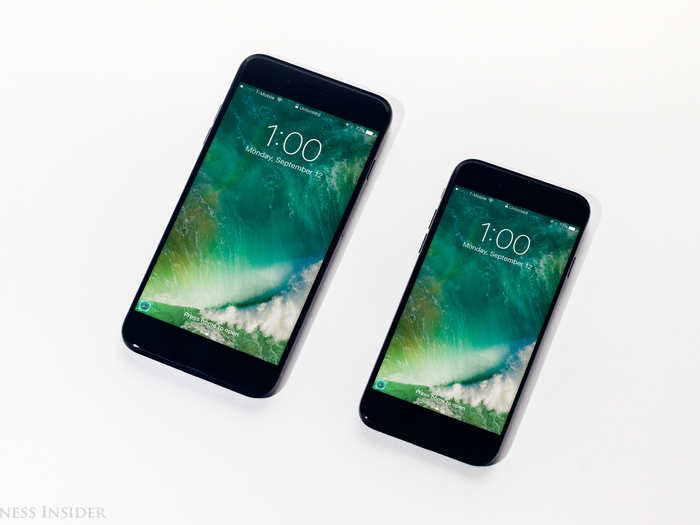
With the iPhone 7 and iPhone 7 Plus, Apple marked the end of an era by removing the headphone jack. They were Apple's first pair of iPhones to come without the 3.5mm port and instead required headphones to be connected through the Lightning slot. Apple also introduced its popular AirPods wireless earbuds that year.
Apple may have not been the first company to release a headphone jack-less smartphone, but it quickly became the industry standard following the iPhone 7's launch. AirPods have skyrocketed in popularity since then too, with analysts at Wedbush Securities predicting that Apple could sell between 85 and 90 million AirPods in 2020.
The iPhone 7 Plus was also the first iPhone to include a dual camera and Portrait Mode, the feature that makes the subject of an image look sharp against a slightly blurred background. The iPhone 7 and 7 Plus were also Apple's first smartphones to come with water resistance.
iPhone 8 and iPhone 8 Plus (2017)
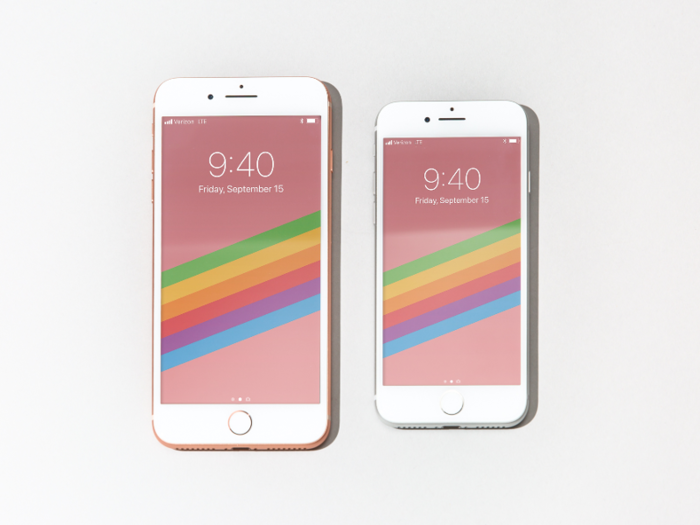
The iPhone 8 and 8 Plus were among the first iPhones to include wireless charging. They also featured a new glass design that represented a departure from the aluminum-built phones Apple had been selling for years since the iPhone 5.
iPhone X (2017)
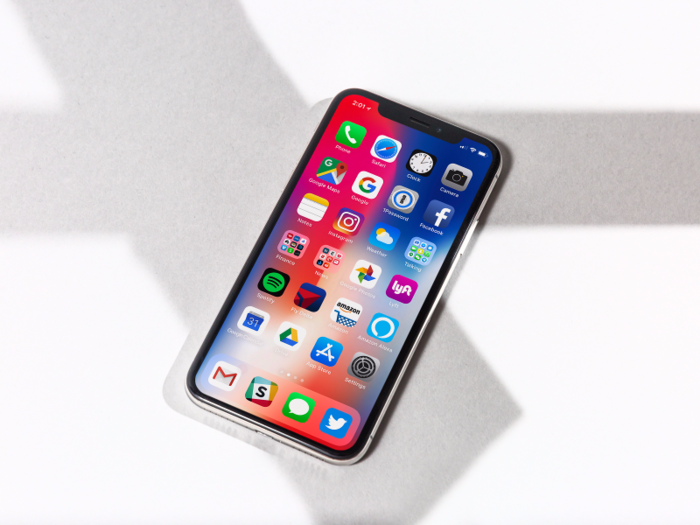
The iPhone X was a pivotal release for Apple. Launched alongside the iPhone 8 and iPhone 8 Plus, it was Apple's first smartphone to include a nearly edge-to-edge OLED screen, support for facial recognition, and no home button. It set the precedent for the look and feel of Apple's current iPhones, and it was also Apple's first smartphone to come with a $1,000 starting price.
iPhone XS and iPhone XS Max (2018)
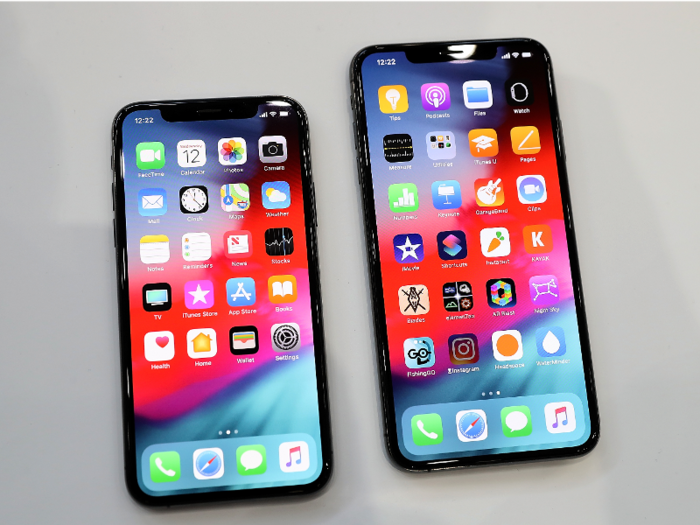
The iPhone XS and iPhone XS Max were the successors to the iPhone X, adding a faster new processor, better water resistance, and an improved version of Portrait Mode. They weren't drastically different than the iPhone X, but they provided further evidence that Apple planned to stick with the nearly all-screen design introduced in the iPhone X for its future flagships.
iPhone XR (2018)
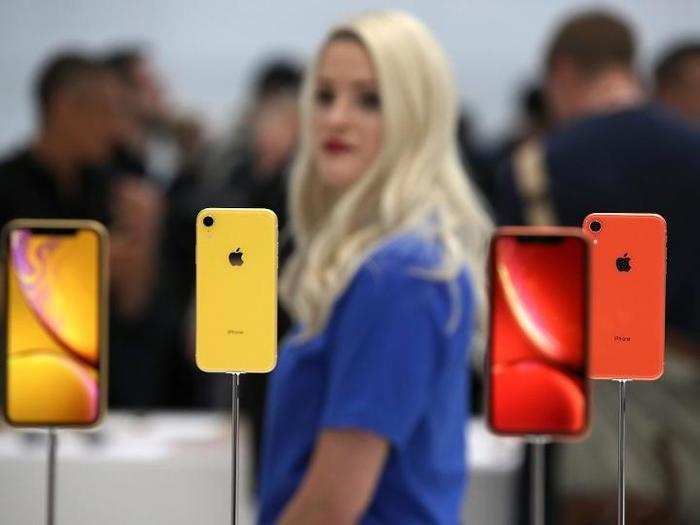
Apple also launched the iPhone XR alongside the iPhone XS and XS Max, which came in a wide range of colors and was roughly $250 less expensive than the iPhone XS.
The iPhone XR was positioned as a less expensive alternative to Apple's flagship iPhones, offering a full-screen design at a price that's easier to digest than the $1,000 iPhone XS. It lacks the OLED screen and dual camera found on Apple's iPhone XS, but was otherwise pretty similar to its pricier sibling.
iPhone 11 (2019)

The iPhone 11, with its relatively low $700 price point and wide range of color options, is essentially Apple's successor to the iPhone XR. It features a new dual-camera system that includes an ultra-wide-angle camera and support for night mode, a faster processor, and a higher-resolution front-facing camera.
iPhone 11 Pro and iPhone 11 Pro Max (2019)
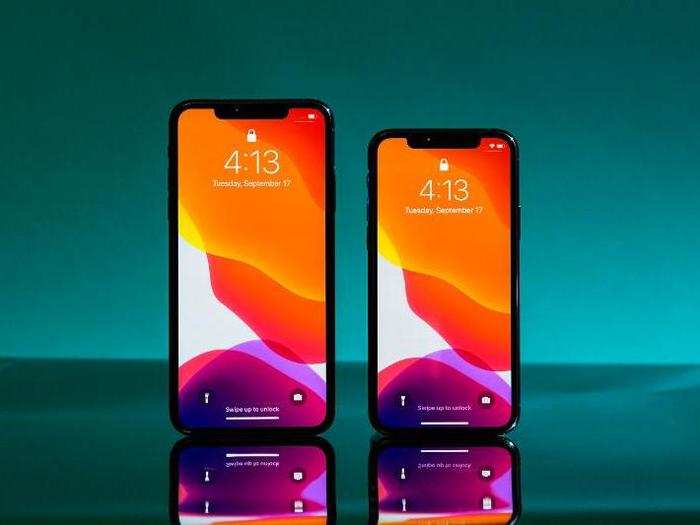
Apple's pricier iPhone 11 and iPhone 11 Max are its first iPhones to come with a triple lens camera: a wide-angle camera, ultra-wide-angle camera, and telephoto lens. When announcing the phone during its annual September event, the company positioned it as being the ultimate mobile camera for professional photographers and videographers.
The phone also comes with a new matte finish and an overhauled camera sensor, representing a slight redesign compared to the iPhone XS and iPhone XS Max.
Popular Right Now
Popular Keywords
Advertisement